I am first in line to encourage the proper care and keeping of pet chickens and can anthropomorphize my pets with the best of 'em, but the truth is, sweaters do not help backyard chickens and if I believed they did, I would use them and advocate their use. While it's fine to engage in a little silliness with our chickens from time-to-time for a quick photo op, sweaters are not only unnecessary, they can be dangerous.
THE TROUBLE WITH CHICKEN SWEATERS
1. Sweaters Prevent Natural Regulation of Body Temperature
Chickens are anatomically and physiologically very different from people and have unique attributes that allow them to regulate their body temperatures. The average body temperature of a chicken ranges between 104°-107°F (daytime rectal temp is even higher at 105-109.4). In cold weather, a chicken is able to increase its body temperature by eating more. Digestion creates internal heat, which radiates through the skin warming the air next to it, which is then trapped against its body by feathers. Chickens are living, breathing furnaces wrapped in down coats and we ought not confuse our comfort level with a chicken's comfort level. In freezing temperatures, the average backyard chicken in the midst of a hard molt would be better served by a retreat to an indoor dog crate in the basement or garage than a sweater.
A quick search of "chicken sweaters" on Pinterest turns up plenty of photos of hens in sweaters, none of which are bald or even primarily feather-free, the main argument in favor of the garment
2. Sweaters Trap Moisture Next to a Chicken's Skin
A sweater will trap moisture next to the chicken's skin, which further impedes its ability to keep itself warm and encourages lice & mites to set up camp on feathers and skin.
3. Sweaters Rub Against Sensitive Pin Feathers
Newly emerging feathers, called pin feathers, have a vein-filled shaft which is very sensitive and will bleed if cut or injured. Chickens prefer not to be handled during a molt because it can be quite painful, so it stands to reason that a sweater pressing on sensitive, emerging pin feathers would be a painful proposition, at best.
4. Sweaters Interfere with Preening
Dust-bathing and preening are important chicken activities that help keep parasite populations down and feathers in good working order. Sweaters prevent a chicken from maintaining its hygiene if it cannot reach the feathers or toss dirt into the feathers and shake off afterwards.
5. Sweaters Make Easy Prey of Chickens
A chicken sweater provides hawks with a handy carrying-case for a free-range chicken. No need to make their jobs any easier or ensure that there is no possibility of the raptor releasing a chicken from talons that have become entangled in a sweater.
6. Mating Accidents
When chickens mate, the rooster gets into "treading" position, which resembles a piggy-back ride, standing on top of the hen, holding her neck feathers with his beak and steadying himself with his feet on her back or wings. A rooster's spurs or nails can get caught in a hen's sweater while mating, which is a strangling hazard to the hen and can endanger both a hen and rooster if he cannot free himself from a sweater.
Aside from the potential for roosters to get caught in a chicken sweater, the dangers of entanglement in chicken wire, hardware cloth and branches in the yard are extremely high.
Screen-grab of the British Hen Welfare Trust, a battery hen rescue and re-homing organization in the United Kingdom. From these photos it is clear that the birds are not featherless.
8. Ex-battery Hens
Ex-battery hens who have lost feathers from a lifetime of imprisonment in tiny cages were no doubt the recipients of the first chicken sweaters. The British Hen Welfare Trust, a battery hen rescue organization in the UK, states on its website, "The hens sometimes have few feathers, but most people are surprised that the majority of birds don't look too bad. If you adopt feather-bare hens, you'll be amazed at how quickly they blossom. They usually start to re-feather within a few weeks and look amazing within a couple of months!" There is no recommendation for chicken sweaters, bolstering my belief that sweaters contribute more to making humans feel better about "doing something" for rescued hens than they actually contribute to the bird's well being. Further, the British Hen Welfare Trust goes on to outline measures for caring for ex-battery hens in cold weather without mention of sweaters whatsoever.
If a chicken is truly without feathers, they should be kept out of the elements (rain/snow) in a shelter that is above freezing. A sweater will not help a naked chicken stay warm and will be a safety hazard. The average, backyard pet chicken does not need a sweater to keep warm. Take the cute photo and then pack it away with the Halloween costume she undoubtedly also finds irritating.
Kathy Shea Mormino
Affectionately known internationally as The Chicken Chick®, Kathy Shea Mormino shares a fun-loving, informative style to raising backyard chickens. …Read on


shop my SPONSORS
I am first in line to encourage the proper care and keeping of pet chickens and can anthropomorphize my pets with the best of 'em, but the truth is, sweaters do not help backyard chickens and if I believed they did, I would use them and advocate their use. While it's fine to engage in a little silliness with our chickens from time-to-time for a quick photo op, sweaters are not only unnecessary, they can be dangerous.
THE TROUBLE WITH CHICKEN SWEATERS
1. Sweaters Prevent Natural Regulation of Body Temperature
Chickens are anatomically and physiologically very different from people and have unique attributes that allow them to regulate their body temperatures. The average body temperature of a chicken ranges between 104°-107°F (daytime rectal temp is even higher at 105-109.4). In cold weather, a chicken is able to increase its body temperature by eating more. Digestion creates internal heat, which radiates through the skin warming the air next to it, which is then trapped against its body by feathers. Chickens are living, breathing furnaces wrapped in down coats and we ought not confuse our comfort level with a chicken's comfort level. In freezing temperatures, the average backyard chicken in the midst of a hard molt would be better served by a retreat to an indoor dog crate in the basement or garage than a sweater.
A quick search of "chicken sweaters" on Pinterest turns up plenty of photos of hens in sweaters, none of which are bald or even primarily feather-free, the main argument in favor of the garment
2. Sweaters Trap Moisture Next to a Chicken's Skin
A sweater will trap moisture next to the chicken's skin, which further impedes its ability to keep itself warm and encourages lice & mites to set up camp on feathers and skin.
3. Sweaters Rub Against Sensitive Pin Feathers
Newly emerging feathers, called pin feathers, have a vein-filled shaft which is very sensitive and will bleed if cut or injured. Chickens prefer not to be handled during a molt because it can be quite painful, so it stands to reason that a sweater pressing on sensitive, emerging pin feathers would be a painful proposition, at best.
4. Sweaters Interfere with Preening
Dust-bathing and preening are important chicken activities that help keep parasite populations down and feathers in good working order. Sweaters prevent a chicken from maintaining its hygiene if it cannot reach the feathers or toss dirt into the feathers and shake off afterwards.
5. Sweaters Make Easy Prey of Chickens
A chicken sweater provides hawks with a handy carrying-case for a free-range chicken. No need to make their jobs any easier or ensure that there is no possibility of the raptor releasing a chicken from talons that have become entangled in a sweater.
6. Mating Accidents
When chickens mate, the rooster gets into "treading" position, which resembles a piggy-back ride, standing on top of the hen, holding her neck feathers with his beak and steadying himself with his feet on her back or wings. A rooster's spurs or nails can get caught in a hen's sweater while mating, which is a strangling hazard to the hen and can endanger both a hen and rooster if he cannot free himself from a sweater.
Aside from the potential for roosters to get caught in a chicken sweater, the dangers of entanglement in chicken wire, hardware cloth and branches in the yard are extremely high.
Screen-grab of the British Hen Welfare Trust, a battery hen rescue and re-homing organization in the United Kingdom. From these photos it is clear that the birds are not featherless.
8. Ex-battery Hens
Ex-battery hens who have lost feathers from a lifetime of imprisonment in tiny cages were no doubt the recipients of the first chicken sweaters. The British Hen Welfare Trust, a battery hen rescue organization in the UK, states on its website, "The hens sometimes have few feathers, but most people are surprised that the majority of birds don't look too bad. If you adopt feather-bare hens, you'll be amazed at how quickly they blossom. They usually start to re-feather within a few weeks and look amazing within a couple of months!" There is no recommendation for chicken sweaters, bolstering my belief that sweaters contribute more to making humans feel better about "doing something" for rescued hens than they actually contribute to the bird's well being. Further, the British Hen Welfare Trust goes on to outline measures for caring for ex-battery hens in cold weather without mention of sweaters whatsoever.
If a chicken is truly without feathers, they should be kept out of the elements (rain/snow) in a shelter that is above freezing. A sweater will not help a naked chicken stay warm and will be a safety hazard. The average, backyard pet chicken does not need a sweater to keep warm. Take the cute photo and then pack it away with the Halloween costume she undoubtedly also finds irritating.



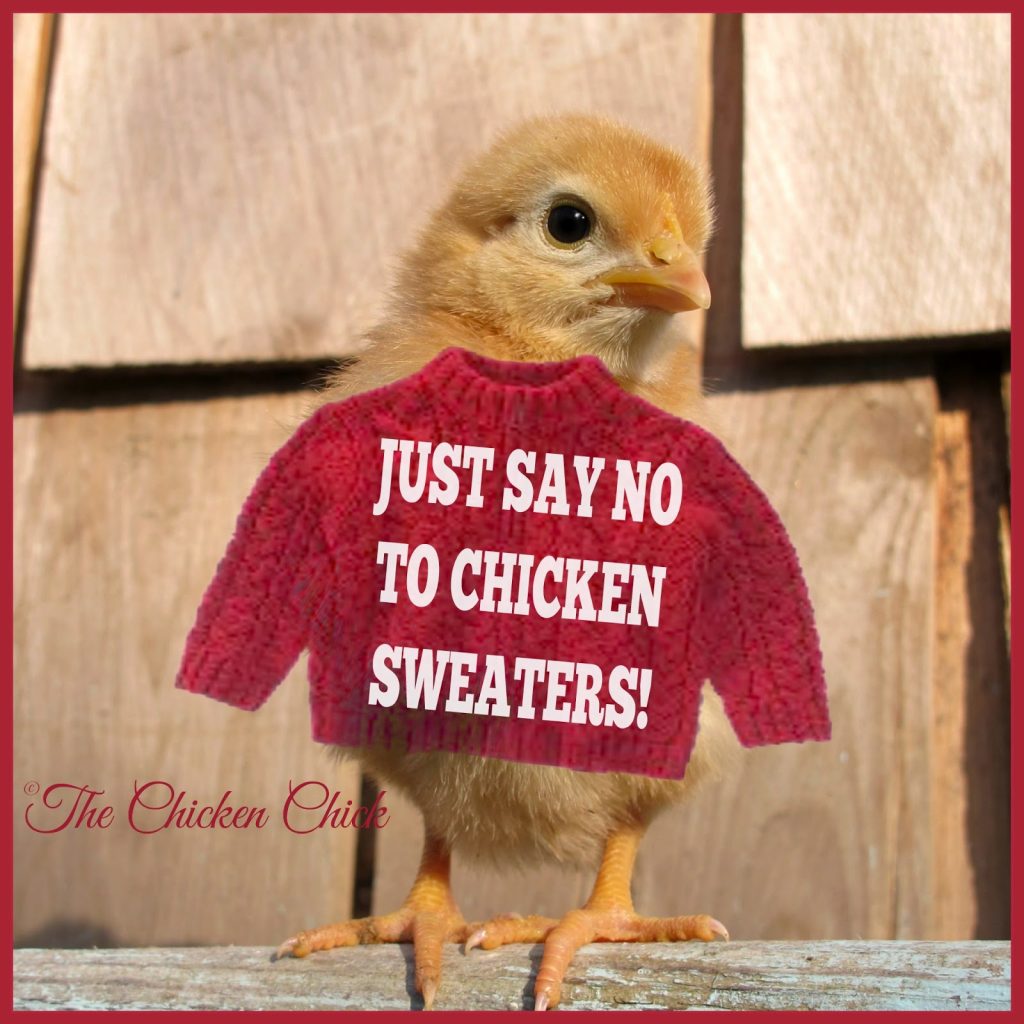

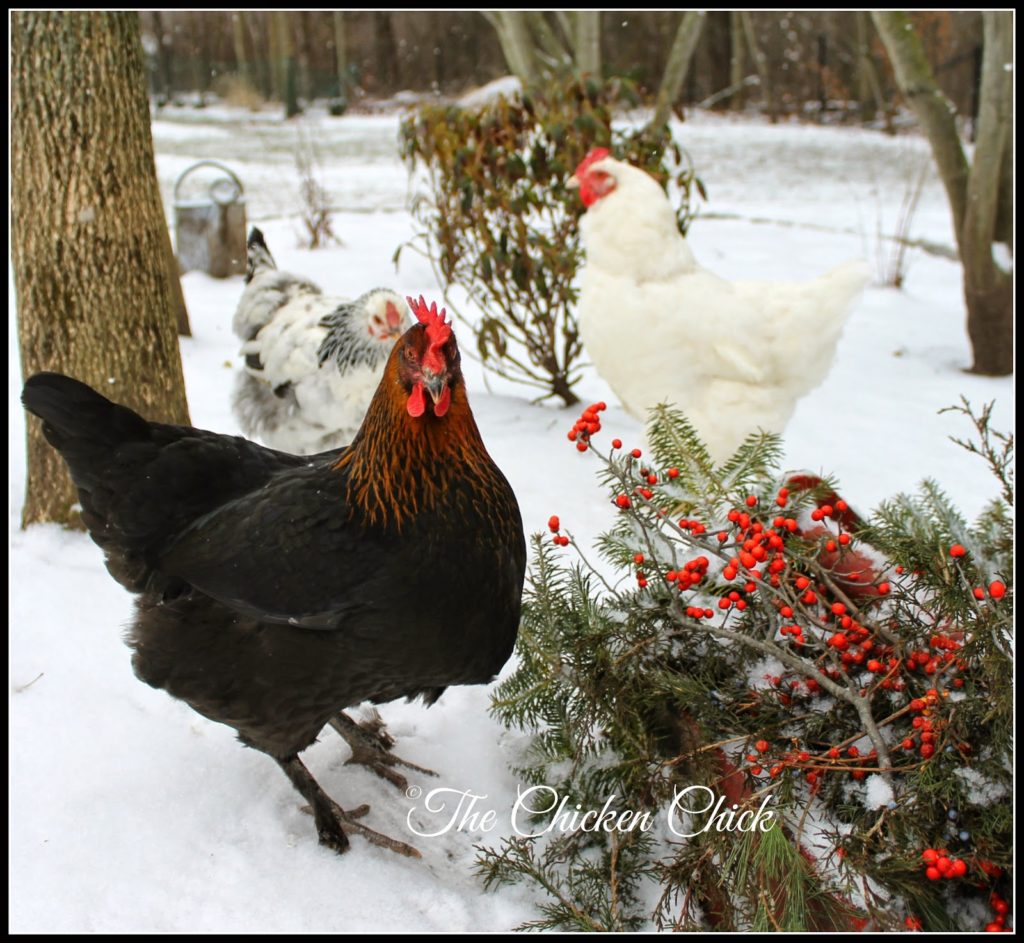
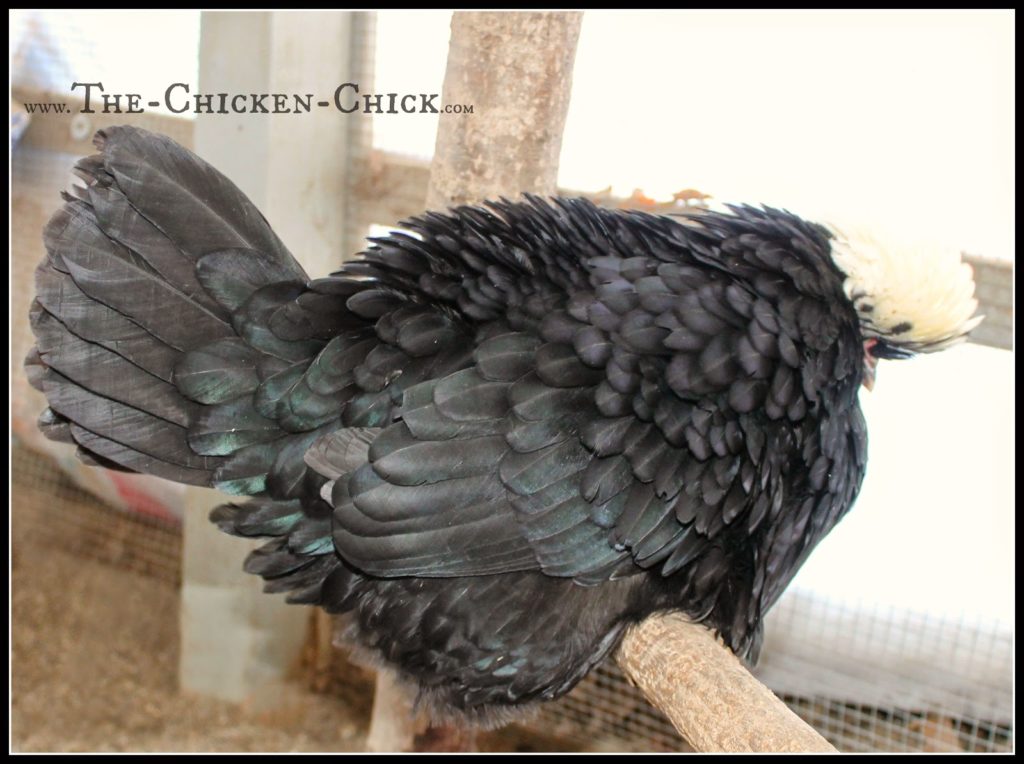
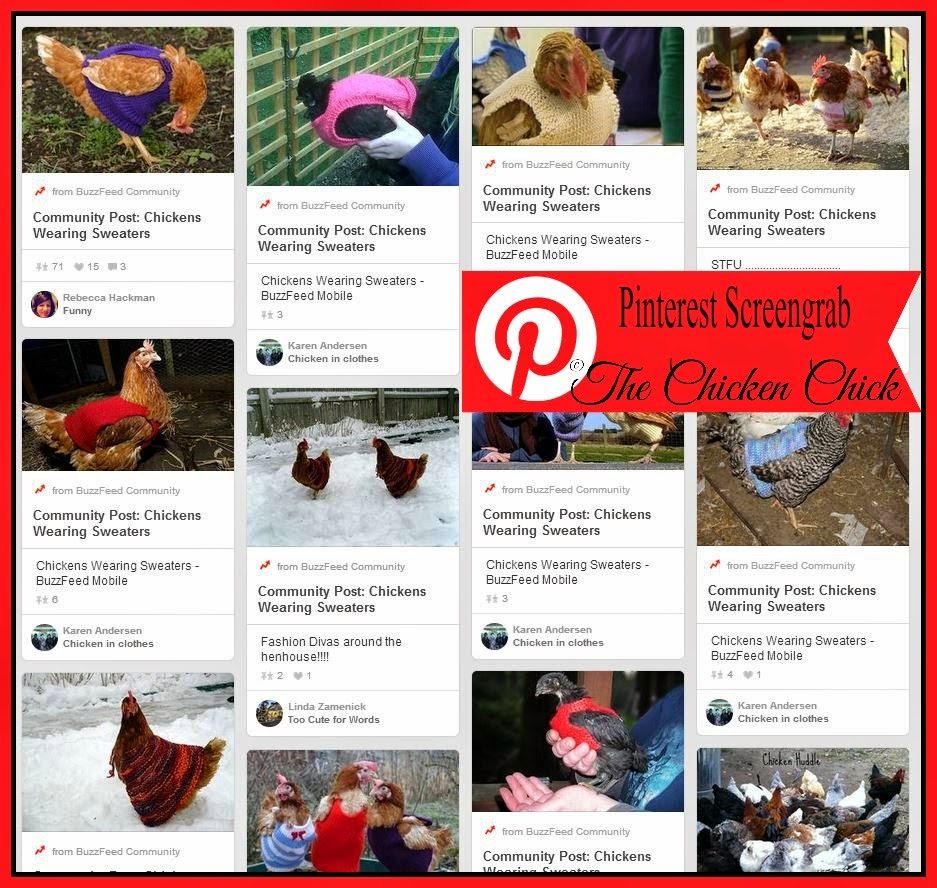
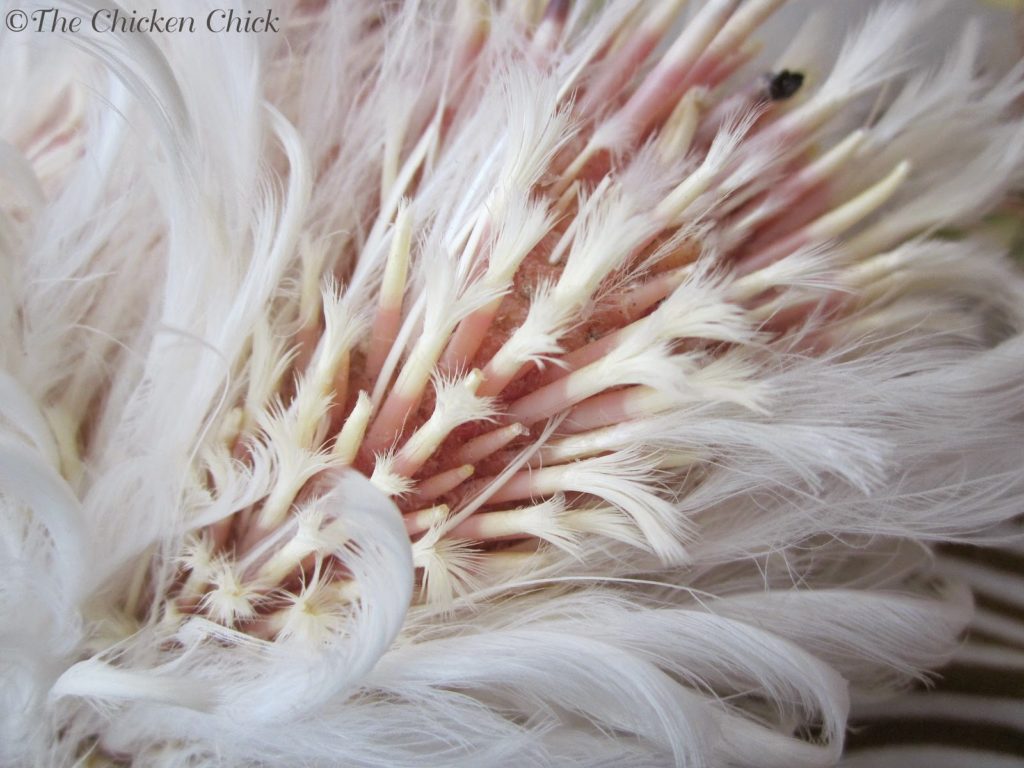
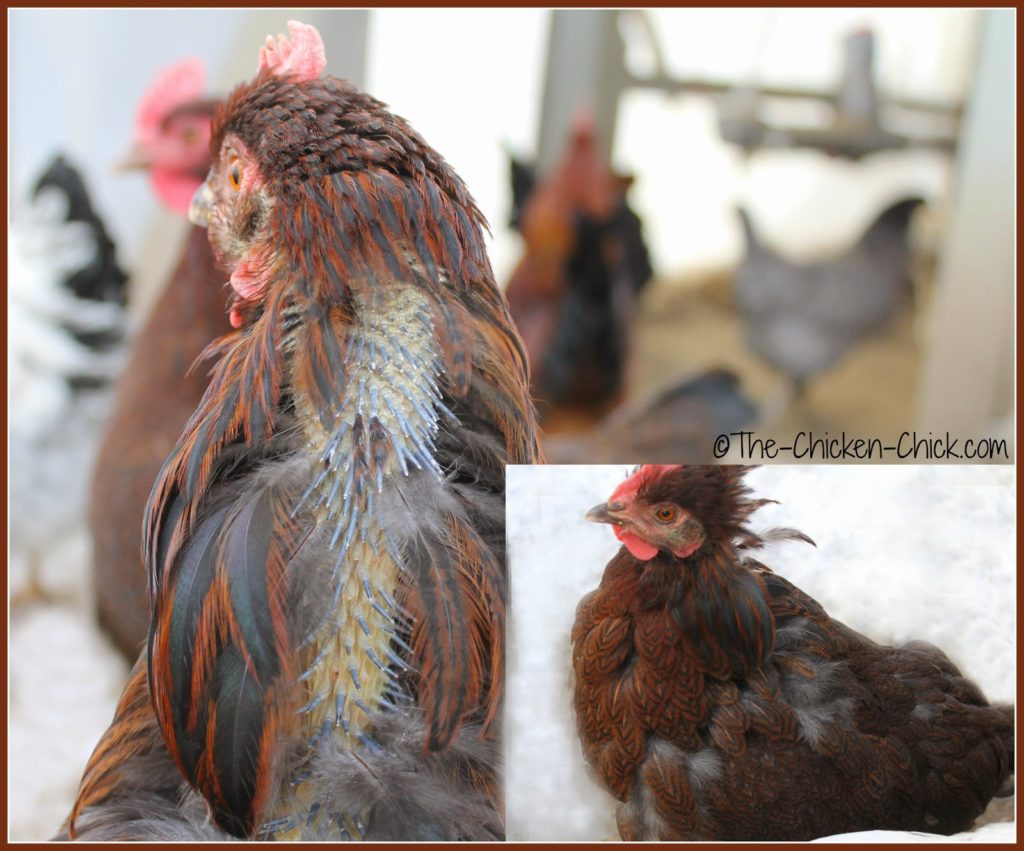

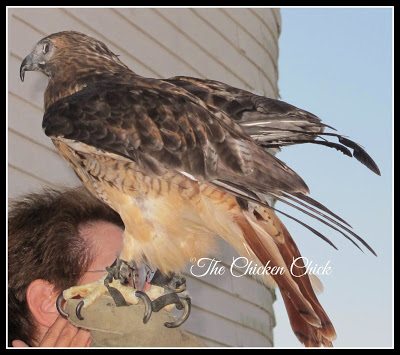
.JPG&container=blogger&gadget=a&rewriteMime=image%2F*)

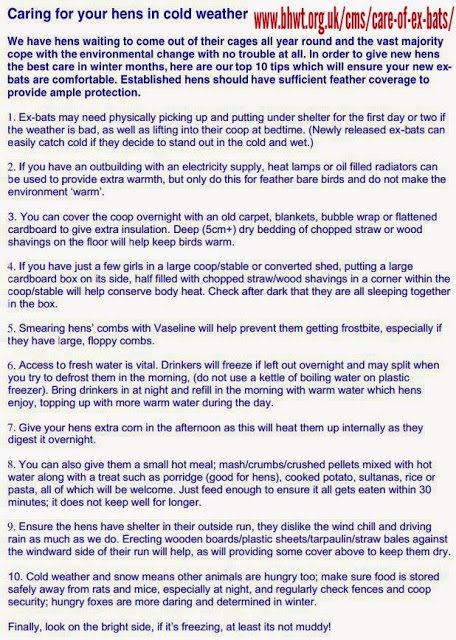
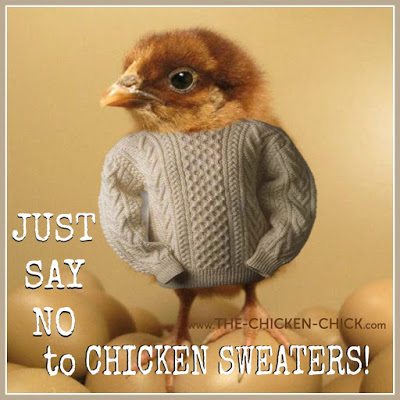
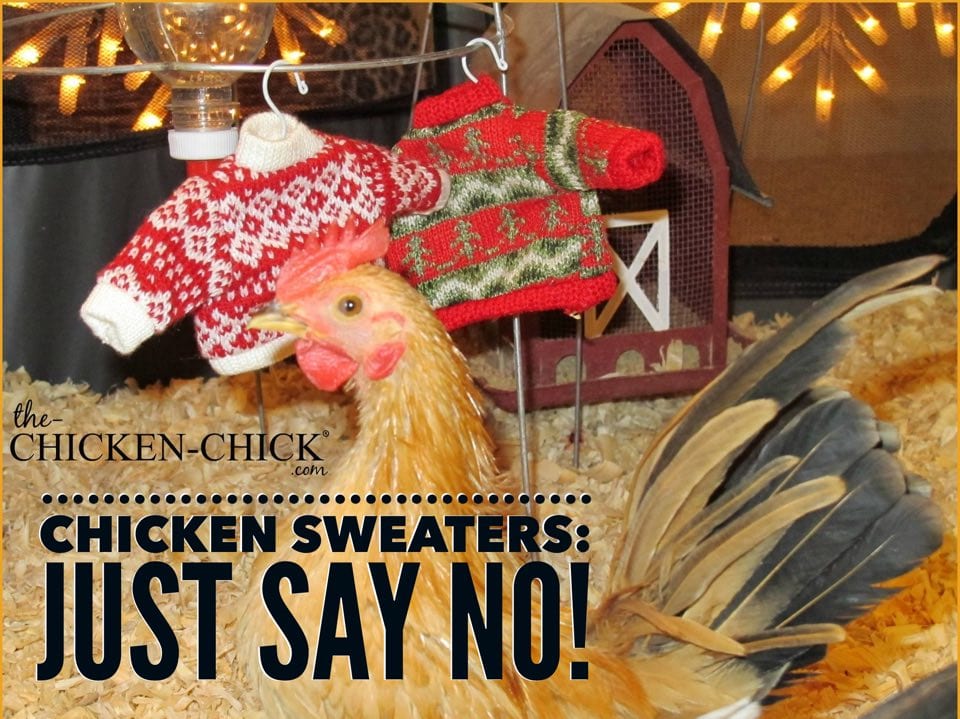






















A little anecdotal evidence to back up the “Just Say No” argument: Circumstances forced me to resolve the issue myself, and in the process I discovered that no protection for bare skin is necessary! :) I discovered that the rooster was the culprit in an unfortunate manner – He ended up pecking the heck out of my other old lady hen. So my husband evicted the rooster, and I applied a liberal coating of anti-pecking ointment to the first hen and put her back in with her younger sisters, so the OTHER wounded lady could take over the hospital ward.… Read more »
Hi, I just found your site and I must say I love it! I agree about not dressing up chickens – my yorkie feels the same way about clothes himself (a naked dog is a happy dog!). However, I have a hen who was severely pecked by one or more of her roomies (a rooster and three other hens). Basically most all of the feathers and a lot of the skin was taken off the back of her neck, along with a couple of bad pecks. I thought she was a goner back then, but we brought her inside, and… Read more »
I have 2 battered hens from a very large rooster. We gave him away, but the hens are still missing all the feathers on her back. I made apron saddles for them and boy do they hate them. When they get them off the other hens pick at their new feathers and we are back to no feathers again. I hope they can keep them on long enough to grow them back. Any suggestions?
I like turtle